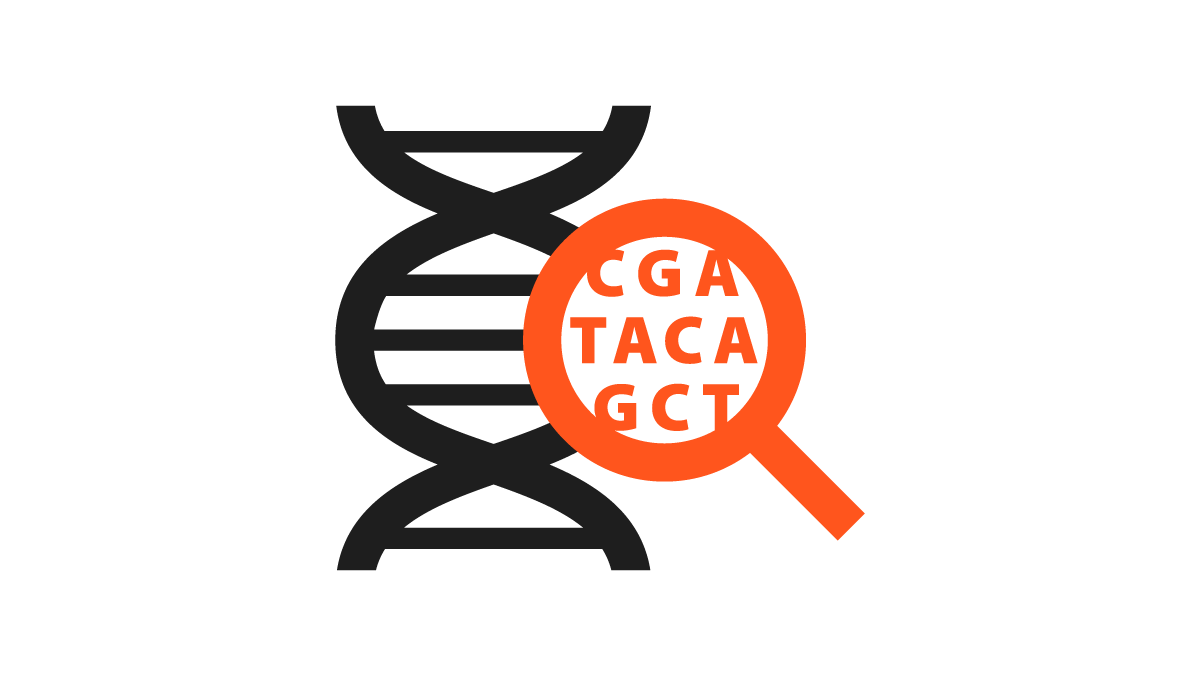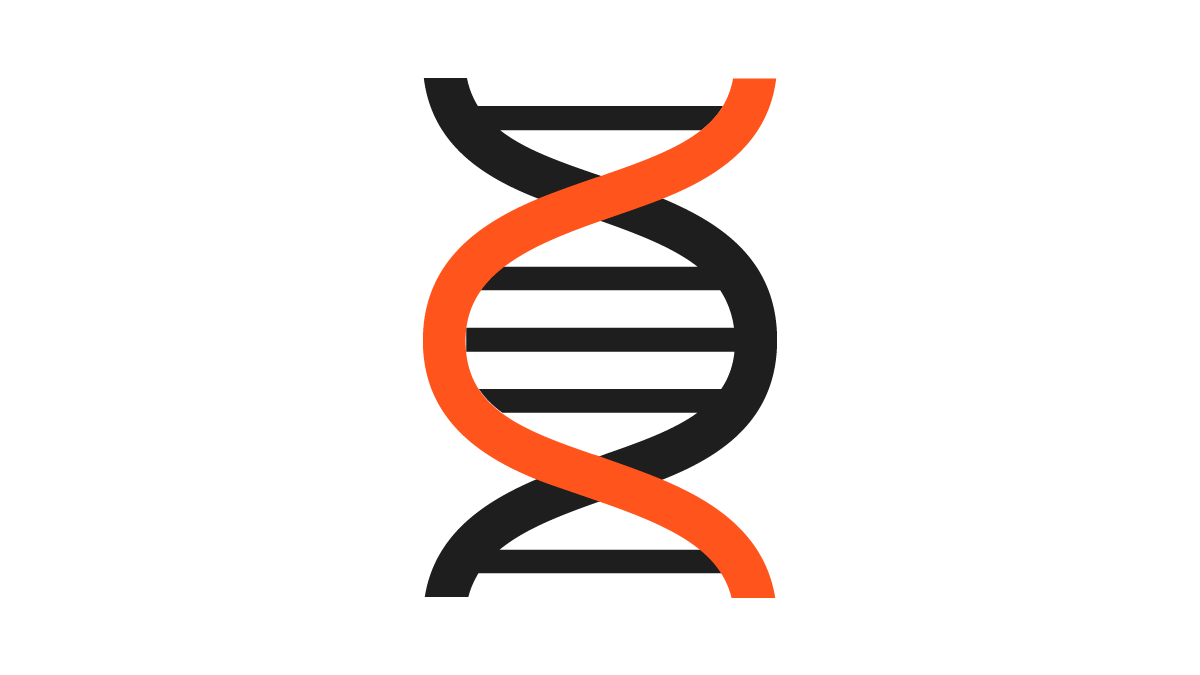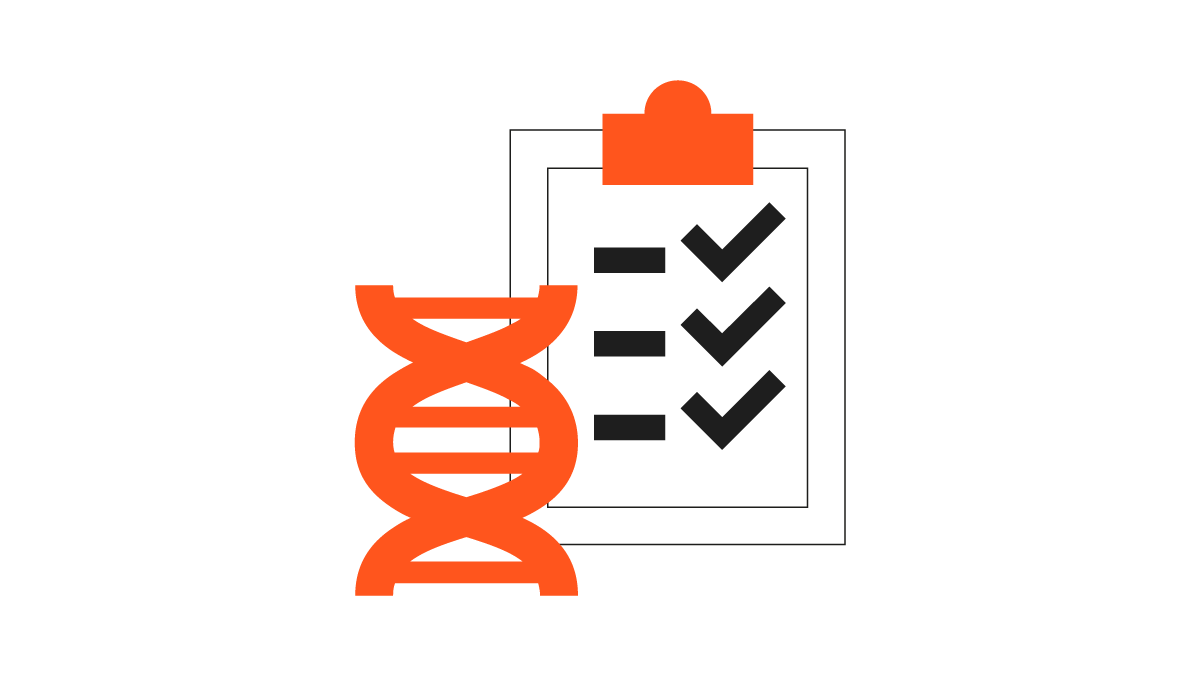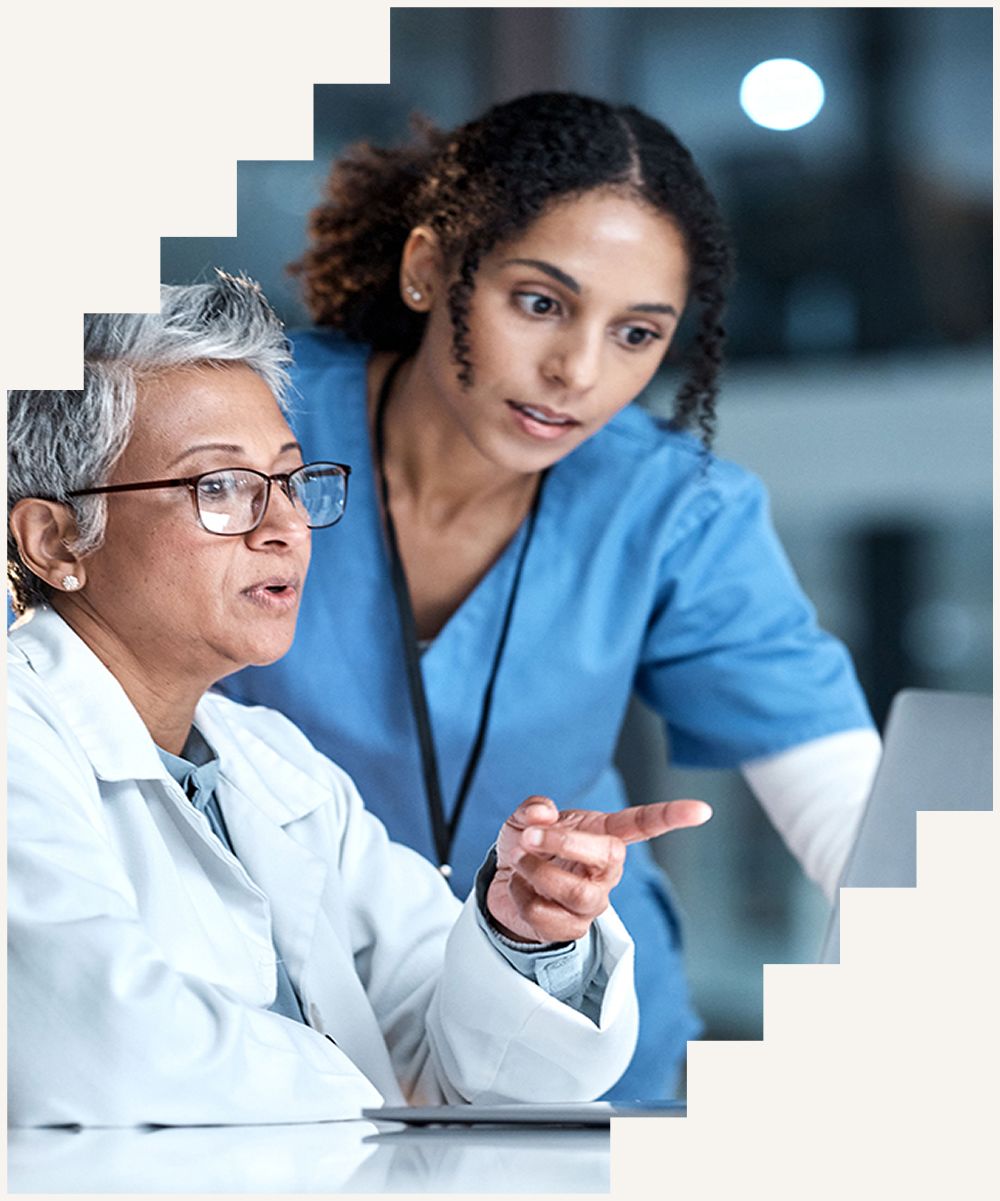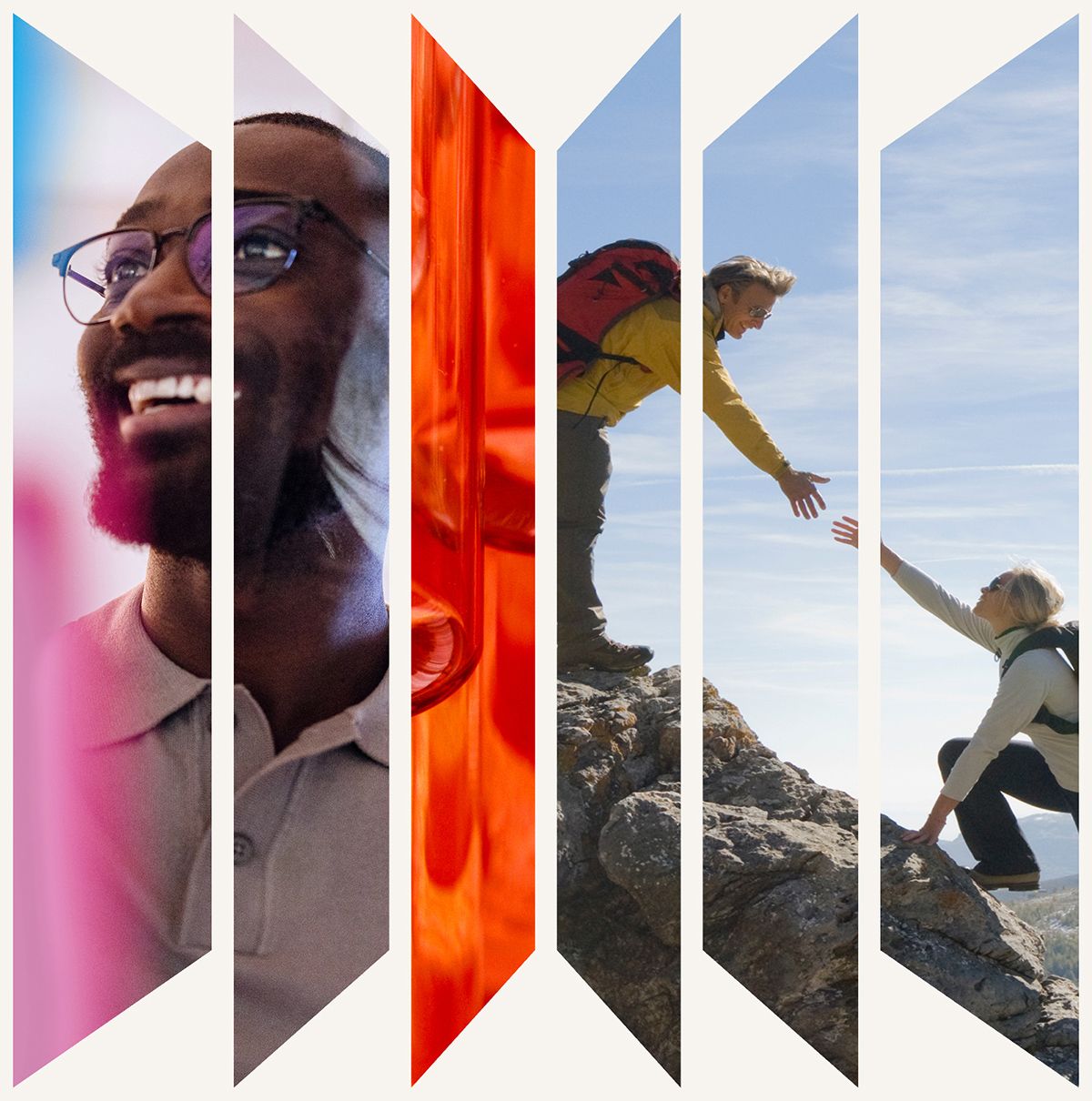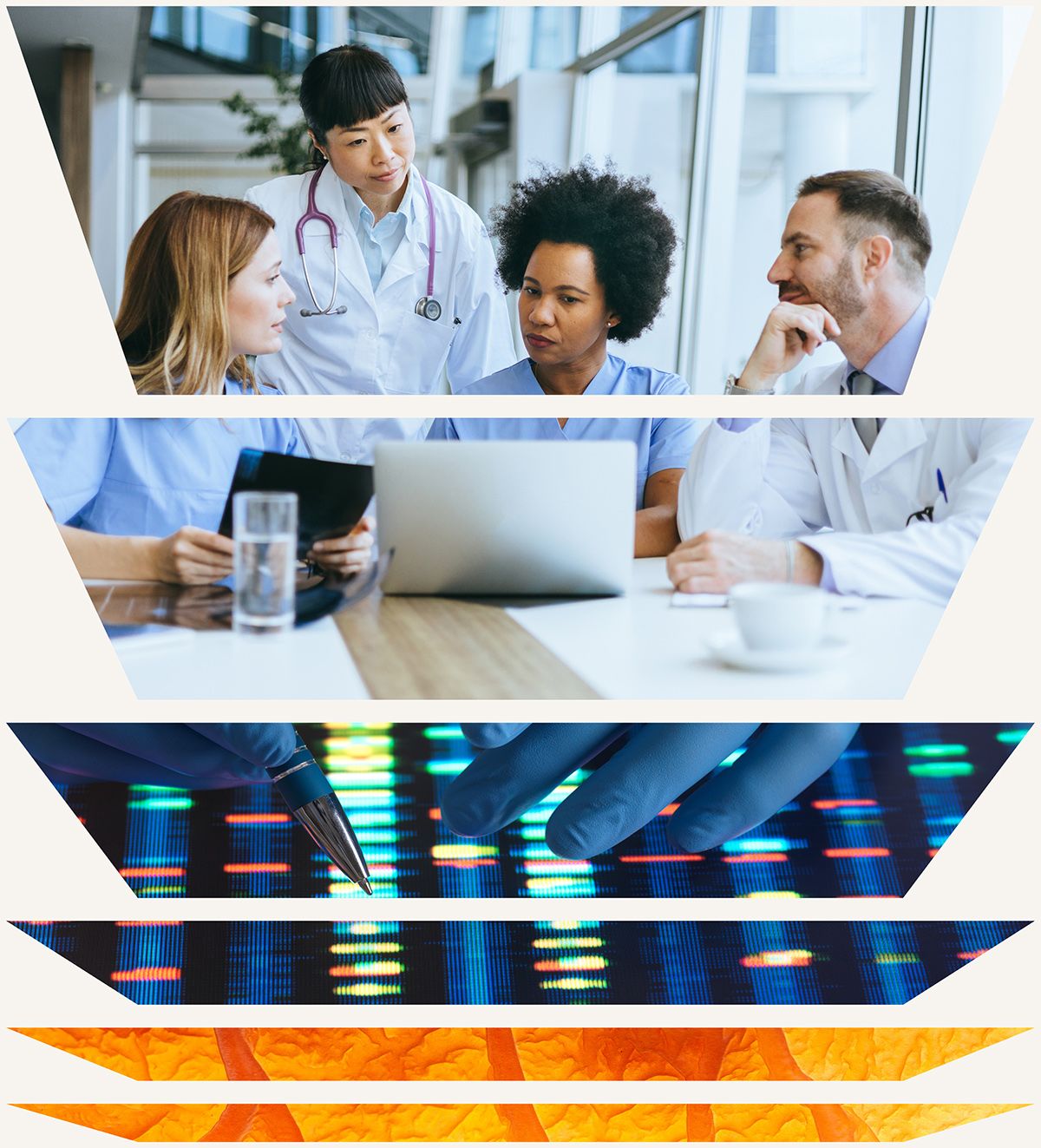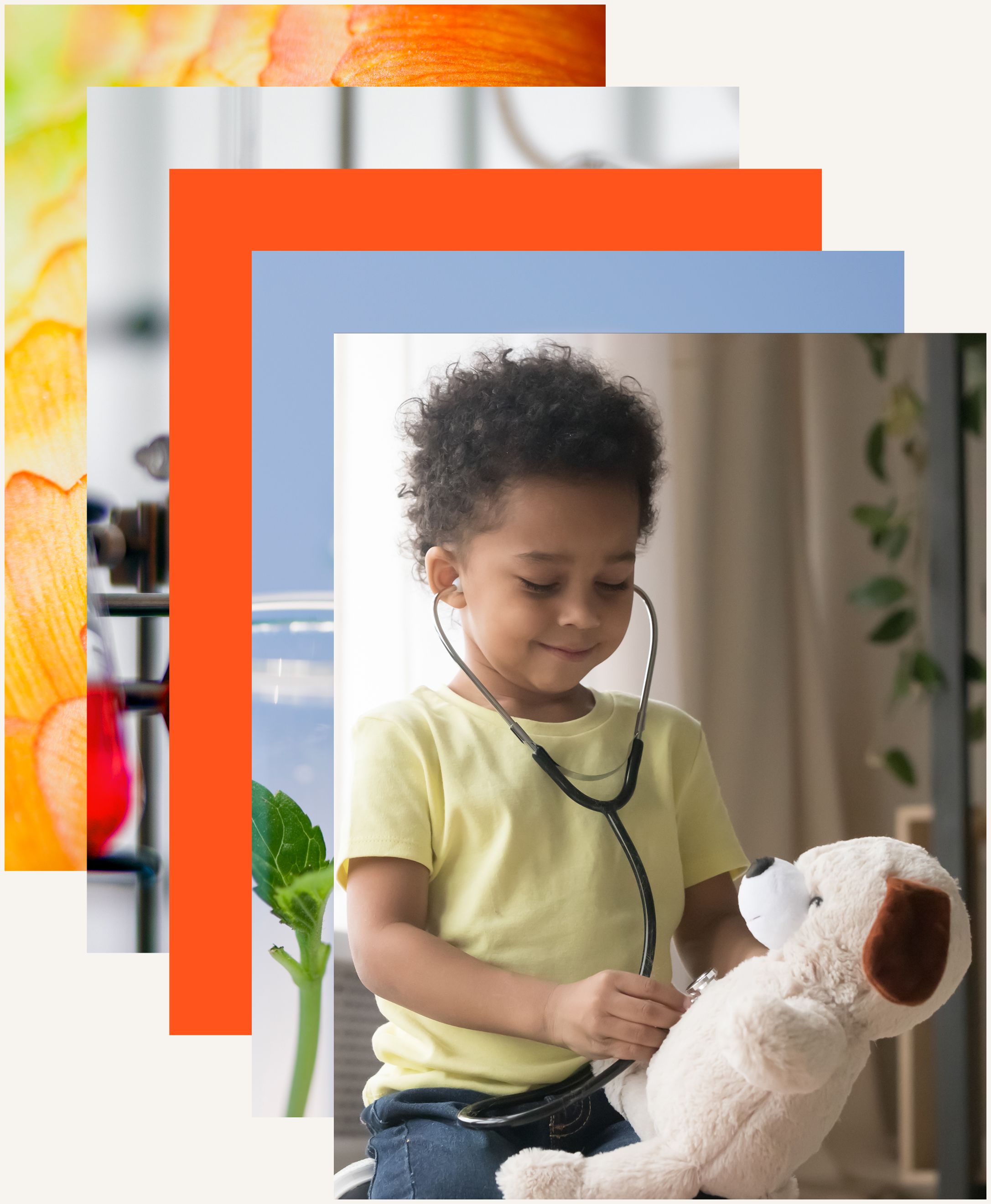What if the most neglected conditions were the greatest source of hope?
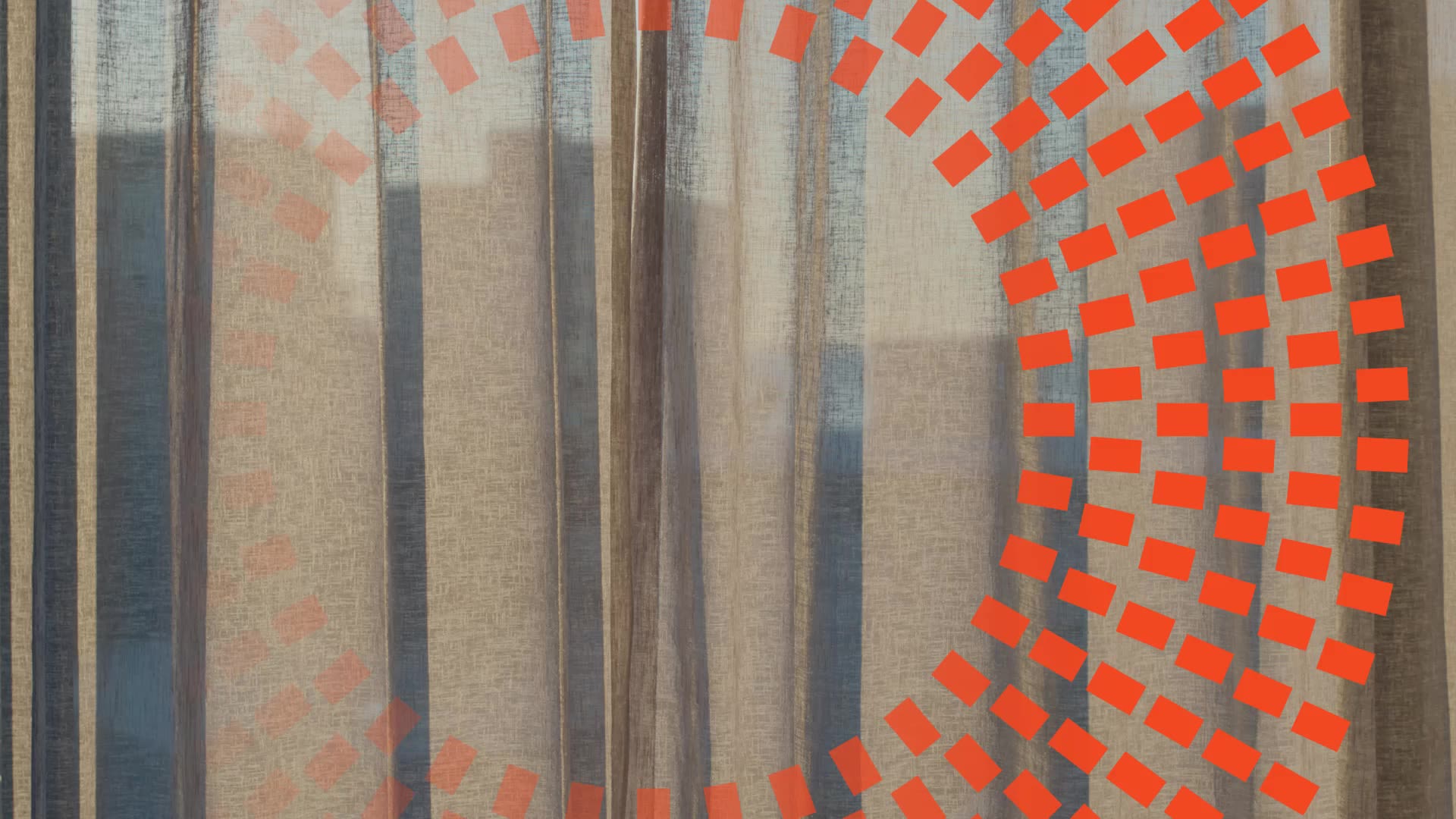
Rare diseases, by their very nature, are often overlooked, left in the shadows of more common health conditions. Yet, addressing these diseases can lead to breakthroughs that change the future of healthcare for all.
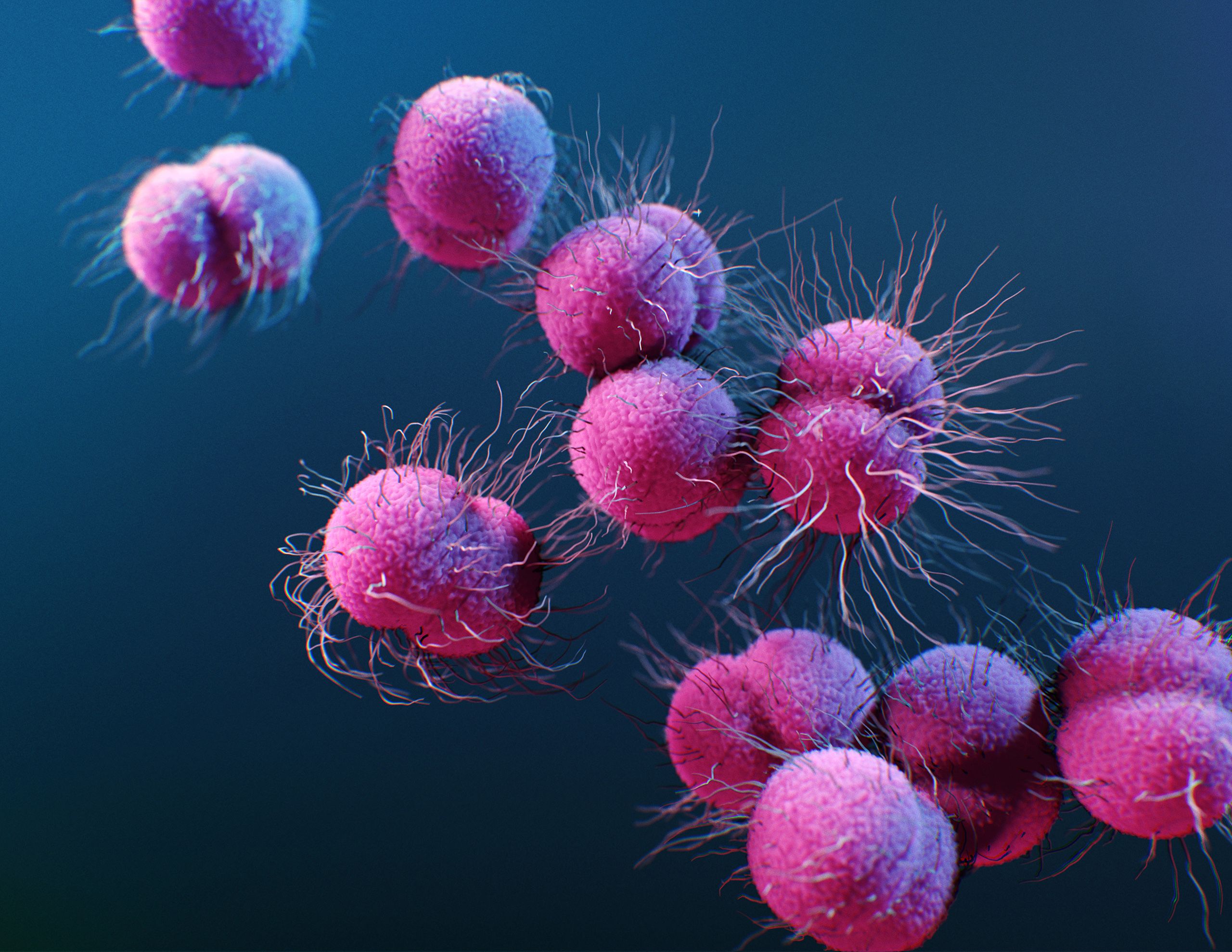
Rebecca Aune, director of education programs for the National Organization for Rare Disorders, or NORD, explained:
“Rare diseases are often where medical innovation is born because there’s no choice but to innovate. Those breakthroughs can transform healthcare.”
Whole exome and genome sequencing emerged from rare Mendelian disease gene discovery efforts and are now recommended in clinical evaluation for many patients with epilepsy and autism spectrum disorder
Success in AAV gene therapy for two rare inherited retinal dystrophies helped pave the path for later neuromuscular indications such as Duchenne muscular dystrophy, which is also a rare condition.
Biomarker frameworks established in rare diseases have informed cancer and chronic disease management, such as homocysteine being used as a cardiovascular risk biomarker after observations in the rare disease homocystinuria
That progress is the result of hard work and determination from researchers, clinicians, and families who have undertaken that diagnostic odyssey.
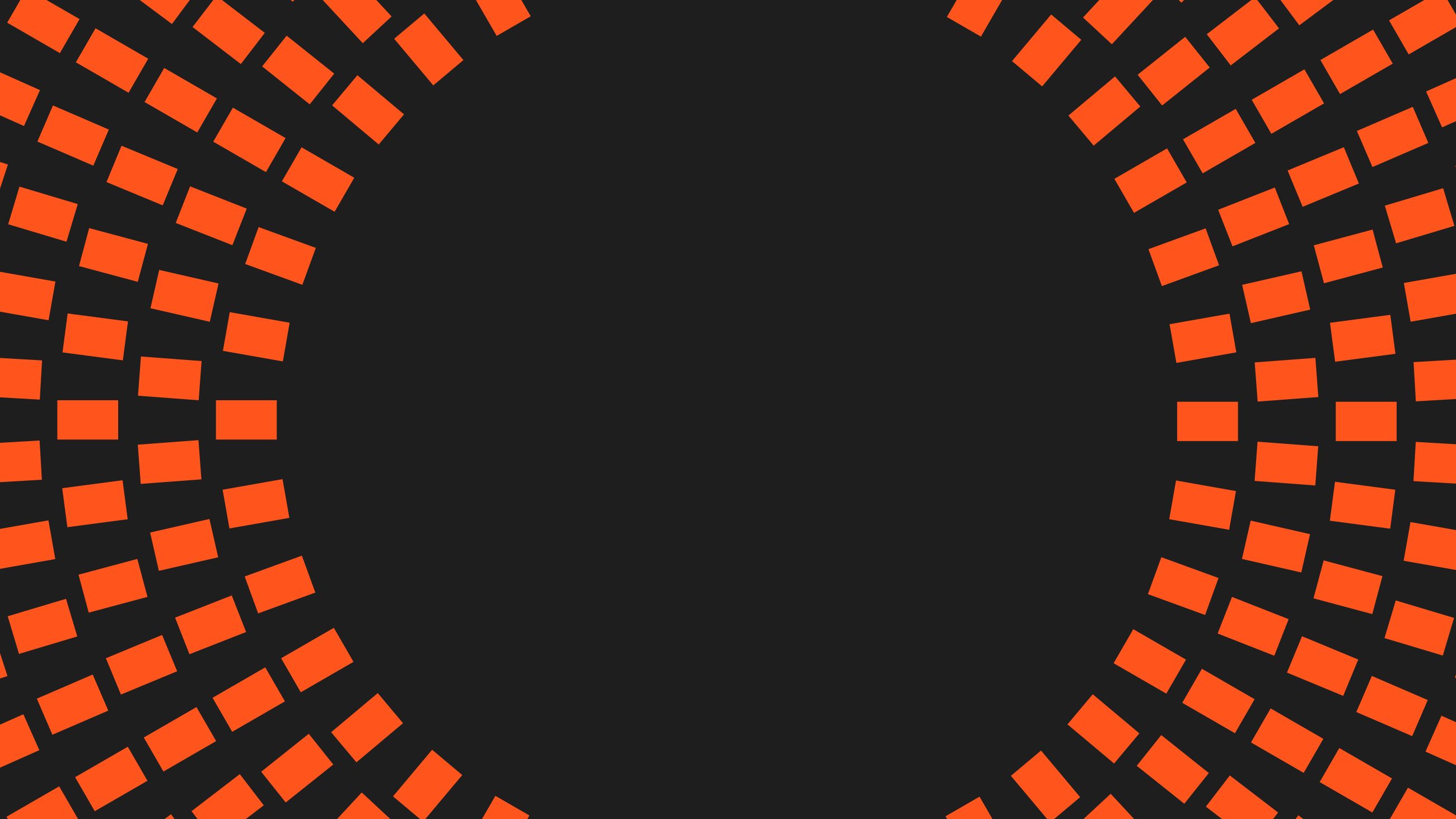
Forging progress from heartbreak
Beyond the research labs, it’s the families and patients who have been on a long, often painful journey for answers that are pushing the boundaries of what’s possible. Helene Cederroth knows first-hand how devastating that journey can be. Twenty-five years ago, she lost three of her four children to an undiagnosed genetic illness. Today, she promotes collaboration across disciplines and borders.
“It’s dark and difficult when you have a child who is suffering and experts say they can’t find anything, that the condition could be life-threatening, and they don’t know how to treat it,” Helene said.
Her search for answers took her to hospitals around the world, connecting her with other families facing the same uncertainty. “We went to Johns Hopkins, to Great Ormond Street, and saw that we were not the only ones, that it wasn’t as dark as we thought.” she said.
These experiences led Helene and her husband to create the Wilhelm Foundation, a NORD member organization, named after their eldest son, to advocate for prompt and accurate diagnoses for undiagnosed diseases. She also serves on the editorial board of Rare, an open-access journal from Elsevier that encourages collaboration and enables research to reach patients and caregivers.
Collaboration that helps impact makers succeed
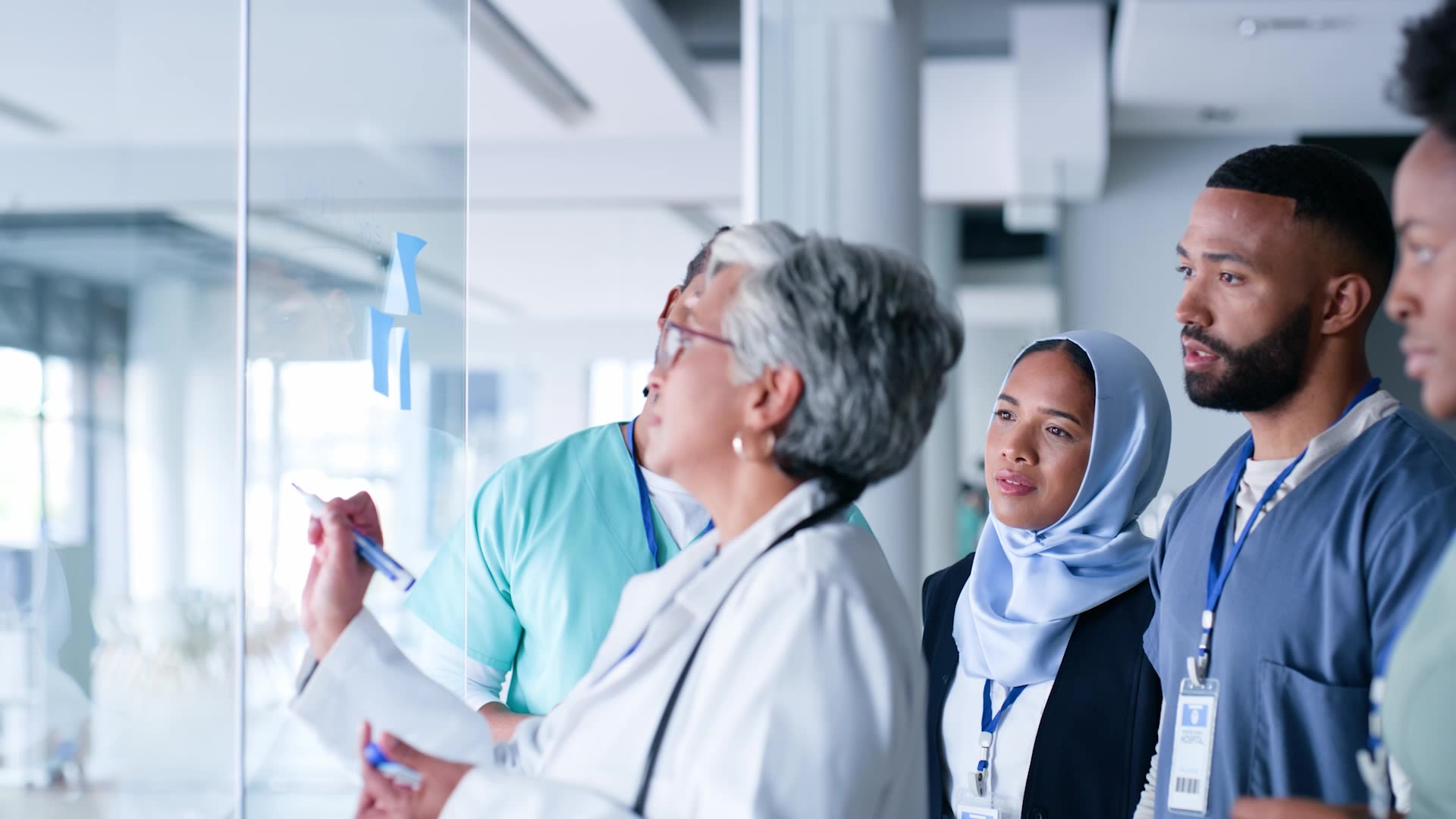
“If I had one message for the research and health communities, it would be: Work together. Work across disciplines, countries and continents. We need everybody.” Helene said.
One example of this collaborative spirit is the Undiagnosed Hackathon, an annual event where researchers, clinicians, patients, and families work side-by-side to crack the mysteries of undiagnosed diseases. Name badges don’t list job titles or nationalities — it’s all about collaboration.
“It was difficult the first time,” Helene said, laughing. “Geneticists would say, ‘But I want to speak to other geneticists!’ But we wanted to make sure people mixed, and the result was so great.”

For many researchers, it was their first time engaging with patients and their families. “One researcher told me they were surprised the families were so happy. At the doctor’s office, everything is very strict and time-limited; at these events, researchers, clinicians and families can work together,” she said.
Wendy van Zelst-Stams, clinical geneticist and editor-in-chief of Rare, attended the most recent event and shared some of the inspiring outcomes:
“We started the meeting with stories from 10 Dutch patients who have remained undiagnosed for years in our clinical genetics outpatient clinic.”
Within 48 hours, the group was able to diagnose one of these patients, ending a seven-year search for answers. The clinical geneticist who had supported the family throughout their diagnostic journey was present.
“It was very emotional,” Wendy said. “After seven years, my colleague was finally able to tell the parents what was causing their child’s symptoms. Now the family knows if the condition is hereditary and can consider the future and having more children. That’s part of the impact a diagnosis can have.”
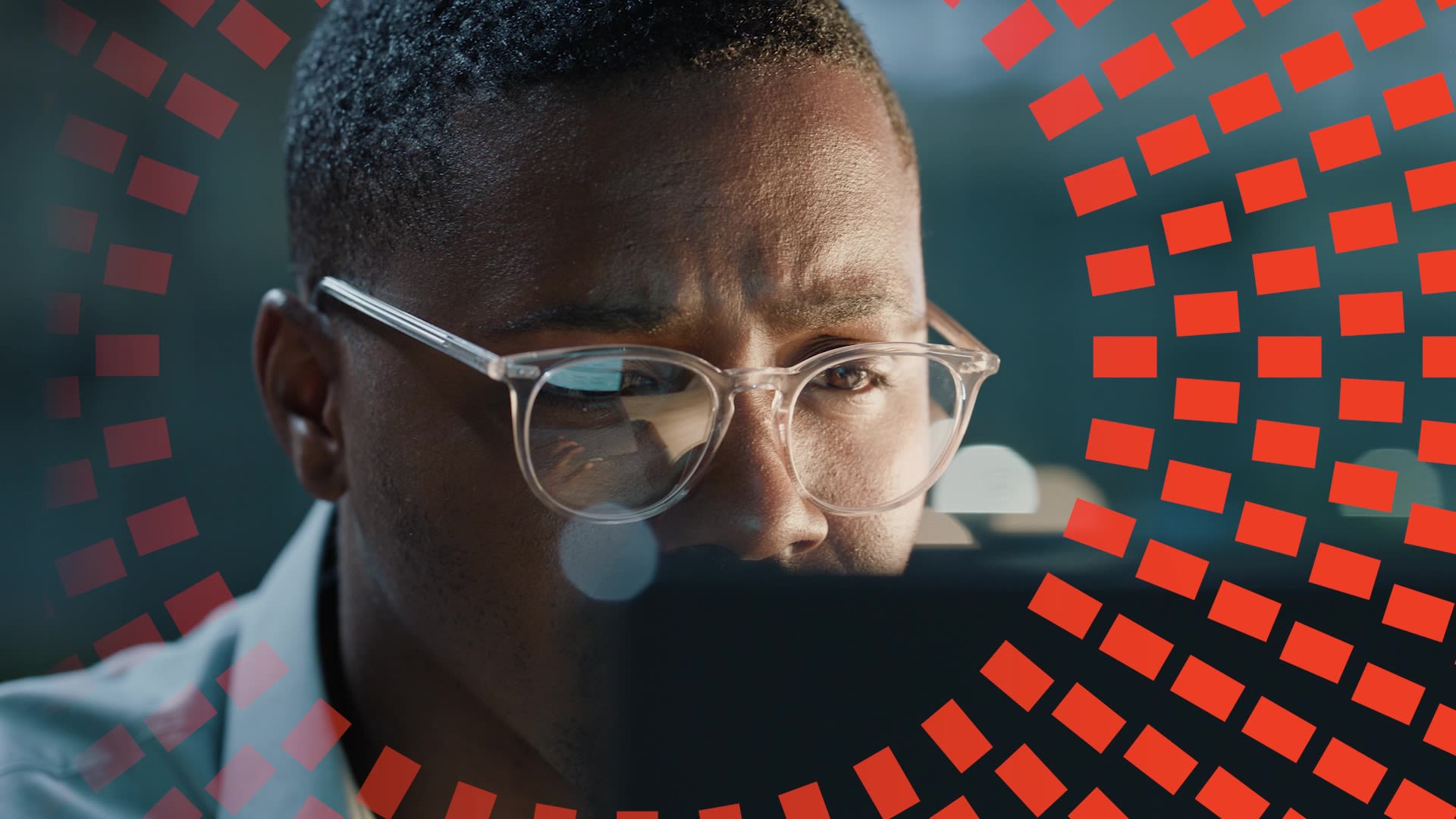
A commitment to quality information
The hackathon results showed the difference that information makes for families, but trusted resources can be hard to find. It’s another area where collaboration is critical.
Over the past six years, NORD has partnered with Osmosis by Elsevier to transform the way rare diseases are explained.
The resulting library of animated videos makes complex conditions accessible to patients, caregivers, healthcare professionals, students, and the public. For many volunteer groups these resources are the first accessible way to explain their condition to families, healthcare professionals, and lawmakers. Rebecca explained,
“People can use them as teaching tools. They can use them to explain the conditions of their patients and families and healthcare professionals, and for advocating for policy change.”
This accessible information is especially impactful because patient advocacy groups are often volunteers:
“These are overwhelmed, scared moms and dads trying to make a difference when they come home from the day job, after they put kids to bed. They’re trying to rally this community and shake out some new research for their condition. If we can help them with trusted information, that's life changing.”

Enhancing outcomes with technology and innovation
Technology combined with quality information is a powerful catalyst for breaking new ground. A good example is drug repurposing, where breakthroughs for rare conditions have become game-changers for common illnesses. The diabetes drug-turned-weight loss blockbuster Wegovy, the pain reliever aspirin, and Viagra all began as treatments for one condition before changing the landscape for millions. Rebecca continued:
“Instead of years of trial and error, researchers can now use AI to sift through millions of compounds, predict how drugs will behave, and even identify life-saving therapies for overlooked conditions.”
At the forefront of this effort, Elsevier’s Life Sciences team offers powerful digital platforms like Reaxys and PharmaPendium to help chemists and pharmaceutical researchers mine scientific literature for connections between compounds, drugs and diseases.
“We have a huge mass of data, and many different tools to access this data,” said Dr. Anton Yuryev, biology director at Elsevier Life Sciences. “My primary job is to help customers navigate this data, focusing it, making the right connections and applying it to cure patients.”
This approach reduces the time and cost of drug development, and enables rapid responses to unmet medical needs, whether finding a new therapy for a rare childhood brain cancer or matching an existing drug to a newly discovered genetic disorder.
Initiatives like EveryCure, which matches thousands of rare diseases with existing drugs, show that breakthroughs in rare disease research reshape the wider healthcare landscape.
For rare disease communities these technological advances, combined with global data-sharing and collaboration, are nothing short of life-changing. But their influence doesn’t stop there. Every new tool, every shared dataset, and repurposed drug has the potential to benefit millions more.

The pursuit of answers for rare diseases is a pursuit that lifts all of healthcare.


